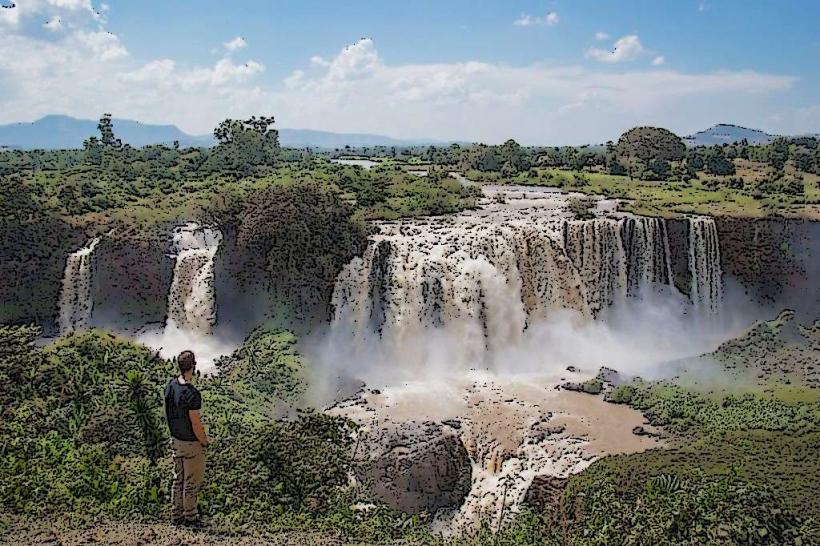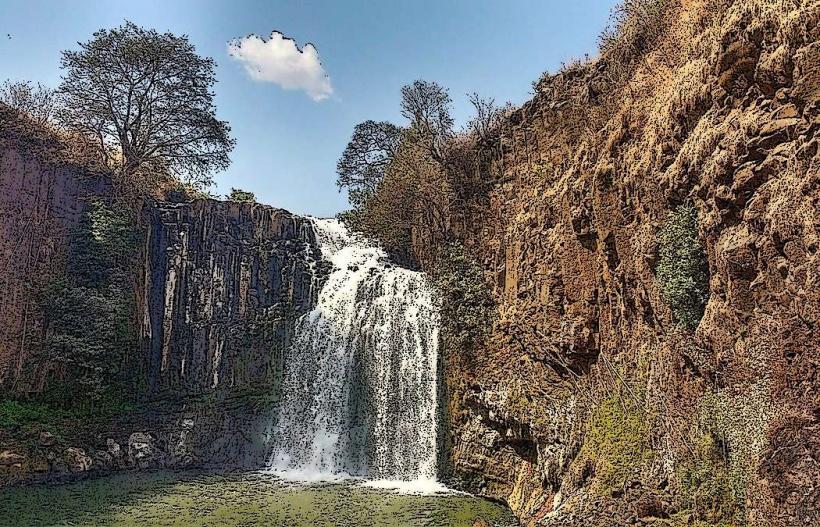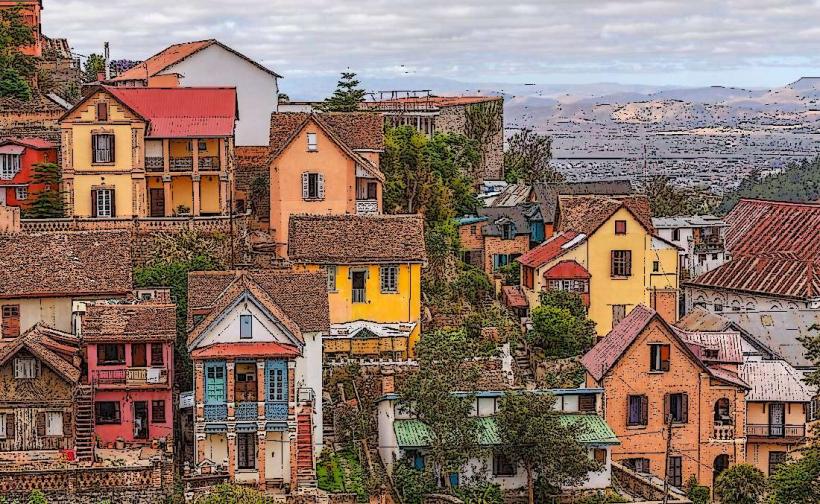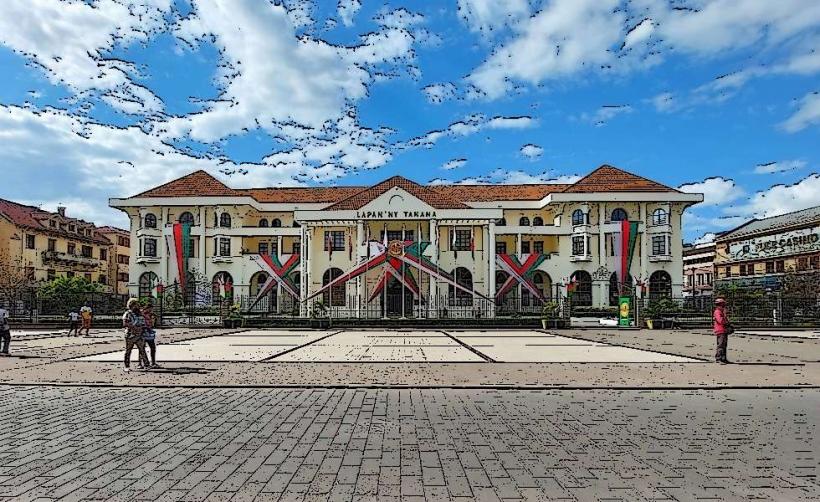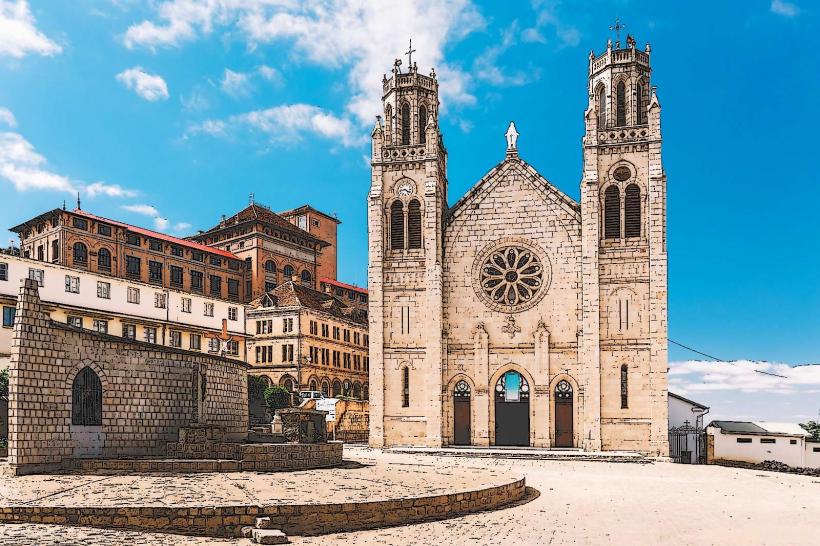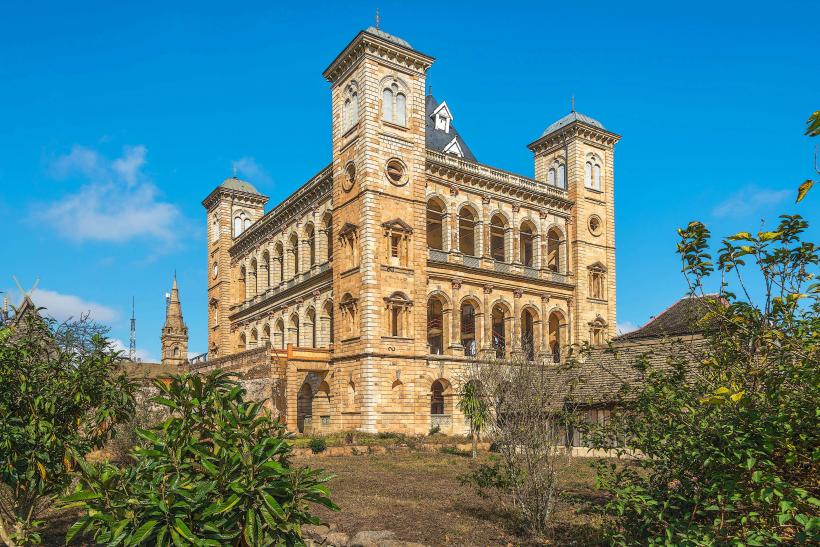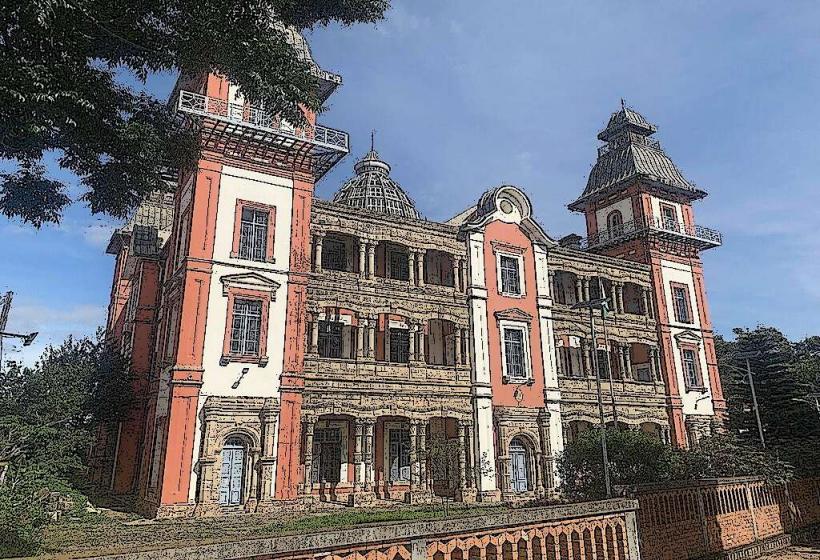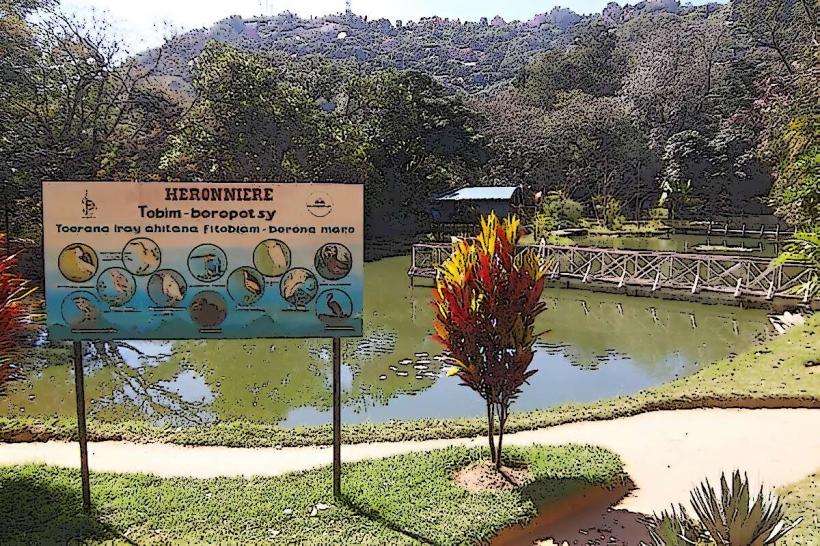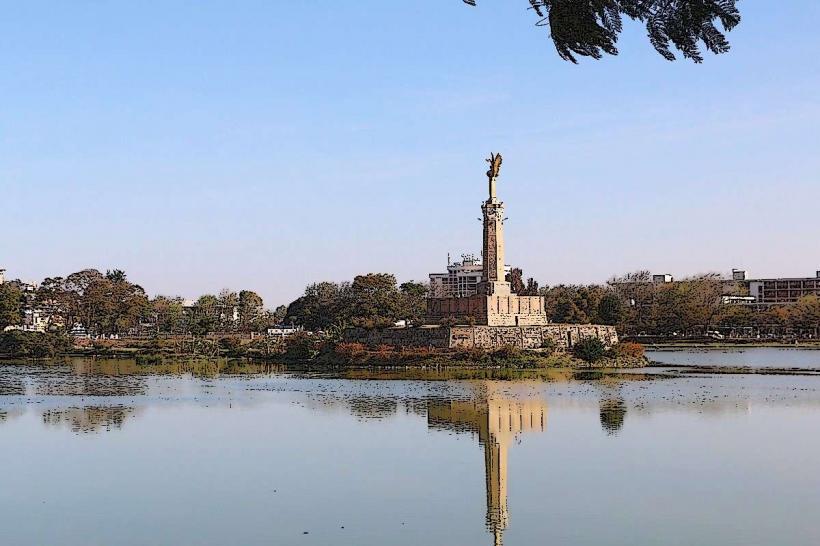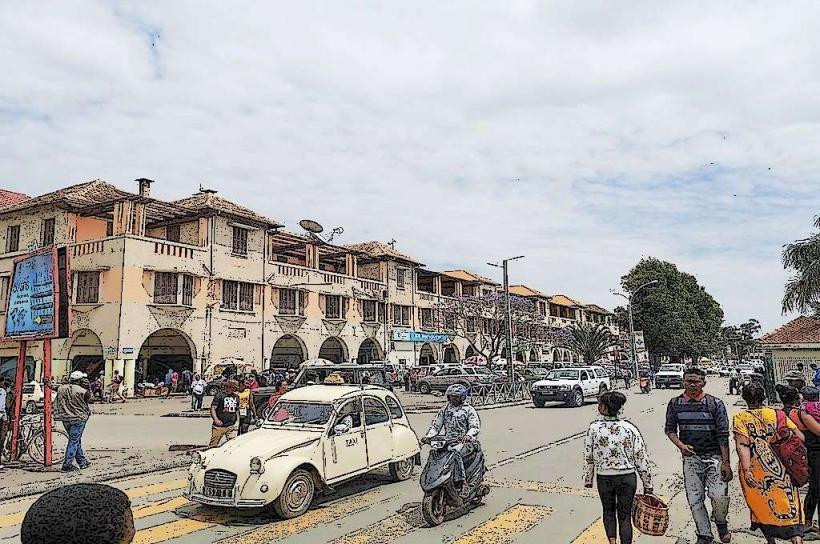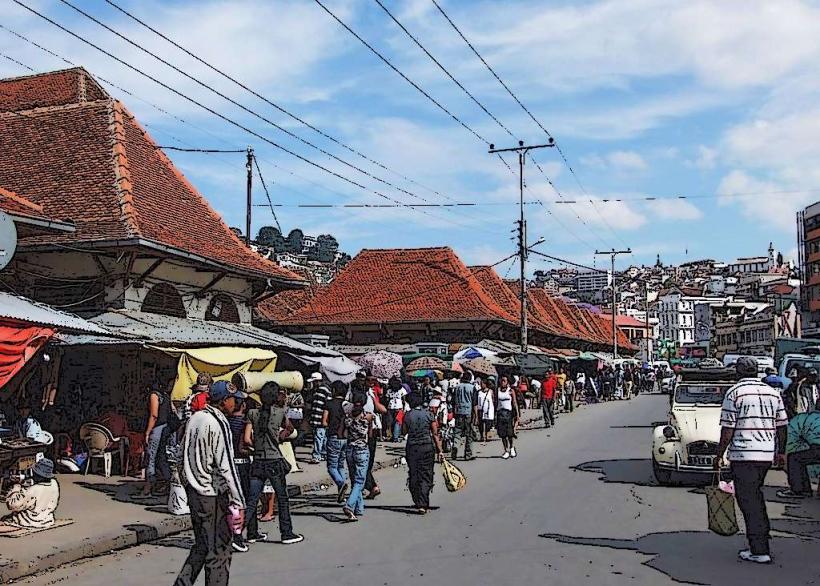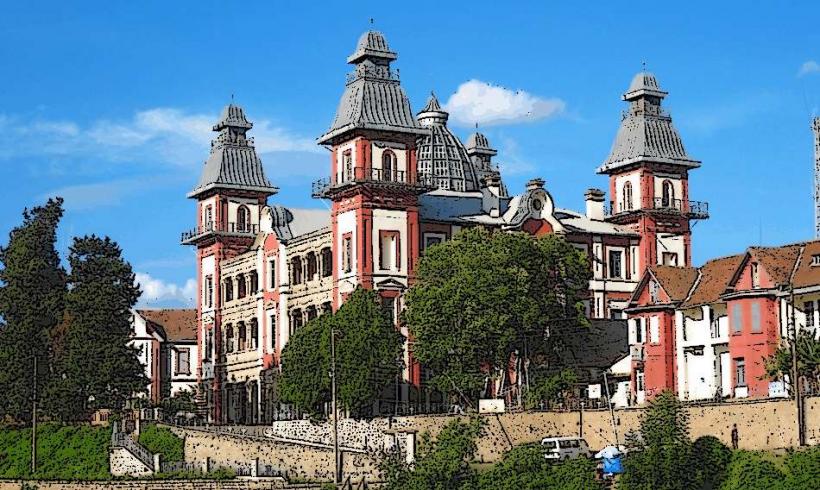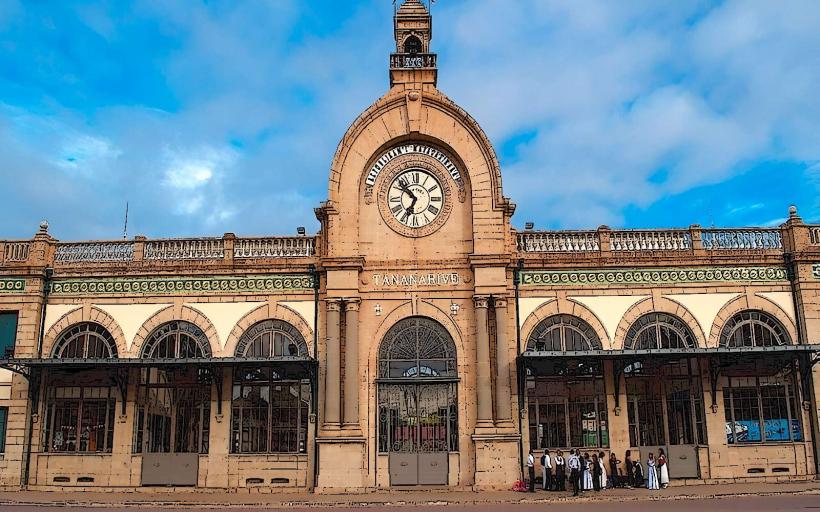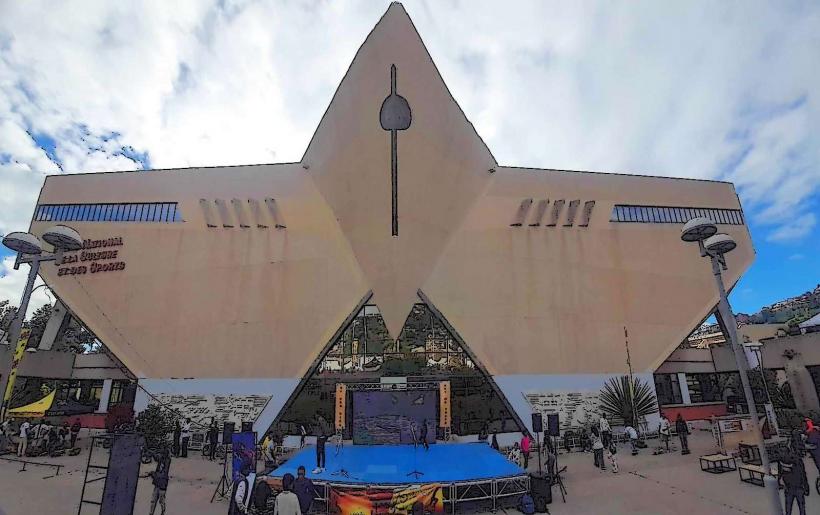Information
Landmark: Ambohimanga Royal PalaceCity: Antananarivo
Country: Madagascar
Continent: Africa
The Ambohimanga Royal Palace, located in the village of Ambohimanga, about 24 kilometers northeast of Antananarivo, is one of Madagascar's most important historical and cultural landmarks. It is part of the Ambohimanga Royal Hill, a UNESCO World Heritage Site, and has long been regarded as a symbol of the Merina Kingdom’s power and the island’s royal history.
History:
The Ambohimanga Royal Palace was the center of the Merina Kingdom for several centuries and served as both a royal residence and a sacred site. The palace complex, perched on a hill, was originally constructed in the early 18th century under the reign of King Andriamasinavalona (r. 1690–1730). However, the site itself was of great importance even before the construction of the palace, as it was believed to be the birthplace of the Merina royal family. Over time, it became a political, cultural, and spiritual center for the Merina people.
The site was significantly expanded and fortified during the reign of King Andrianampoinimerina (r. 1787–1810), who unified most of Madagascar under his rule. He established Ambohimanga as the royal capital and, along with his son Radama I, solidified the kingdom’s political power. During the 19th century, under Queen Ranavalona I (r. 1828–1861), the palace became a key royal seat and a place for rituals and ceremonies.
The last monarch of Madagascar, Queen Ranavalona III, spent time at Ambohimanga, and the palace site continued to hold great spiritual and political significance even after the monarchy was abolished in 1897.
Architecture:
The Ambohimanga Royal Palace complex includes several buildings and structures that reflect the unique Malagasy architectural style, as well as the Merina monarchy's preferences for royal construction.
Key features of the palace include:
- The King's Palace (Rova): The royal residence was built with local materials such as stone, wood, and bamboo. The palace is relatively modest compared to some other royal residences, reflecting the Merina preference for practicality and simplicity over grandiosity. It consists of several rooms, including the king's quarters, ceremonial halls, and smaller rooms for the royal family.
- Defensive Walls and Gates: The palace complex is surrounded by high defensive walls, which were meant to protect the royal family from external threats. The walls, along with strategically placed gates, reinforce the site’s significance as a fortification as much as a palace.
- Sacred and Ritual Areas: Ambohimanga was not only a political center but also a sacred site. The complex contains sacred stones and places of ritual importance, some of which were used for ceremonies, prayers, and offerings to the ancestors. The royal tombs of previous kings and queens are located within the palace grounds, and these tombs are regarded as deeply sacred by the Malagasy people.
- The Royal Tombs: The palace site also houses several royal tombs, including those of King Andriamasinavalona and King Andrianampoinimerina. These tombs are highly respected and are part of the spiritual legacy of the site.
Cultural and Spiritual Significance:
Ambohimanga holds profound spiritual significance for the Malagasy people. It was considered a sacred hill, and it remains a place where traditional Malagasy beliefs and practices, especially related to the veneration of ancestors, are honored. This sacred aspect of the site has made it a center for pilgrimage for those seeking to pay homage to the royal ancestors.
The royal tombs at Ambohimanga are considered important not only for their historical significance but also for their role in Madagascar's traditional religious practices. The royal family, as well as many Malagasy people, have a strong cultural connection to the site, which is considered a sacred space where the spirits of the ancestors are believed to reside.
UNESCO World Heritage Status:
In 2001, Ambohimanga Royal Hill was designated a UNESCO World Heritage Site for its cultural and historical importance. It is recognized as one of the best-preserved examples of a traditional Malagasy royal settlement and one of the most important cultural sites on the island. The site represents the pinnacle of the Merina Kingdom's political and spiritual power and provides valuable insight into Malagasy society, culture, and royal traditions.
Tourism and Accessibility:
Today, Ambohimanga Royal Palace is a popular destination for both tourists and locals. It provides an opportunity to explore Malagasy history, royal architecture, and the unique spiritual customs of the Merina people. The palace complex is open to visitors, who can take guided tours to learn about the history and significance of the site.
Visitors can explore the various structures within the complex, including the royal tombs, ceremonial areas, and the palace itself. The hilltop location offers panoramic views of the surrounding landscape, including the town of Ambohimanga and the distant highlands of Madagascar. The surrounding area also features traditional Malagasy villages, providing a glimpse into the everyday life of the people who have lived near the palace for centuries.
Conclusion:
The Ambohimanga Royal Palace is a unique and historically significant site that represents the heart of the Merina Kingdom. Its combination of political, architectural, and spiritual significance makes it an essential part of Madagascar's cultural heritage. As a UNESCO World Heritage Site, it continues to draw attention for its preservation of the royal past, its architectural beauty, and its deep spiritual meaning for the Malagasy people. Whether for historical, cultural, or spiritual reasons, a visit to Ambohimanga is an essential experience for understanding Madagascar’s royal legacy.

